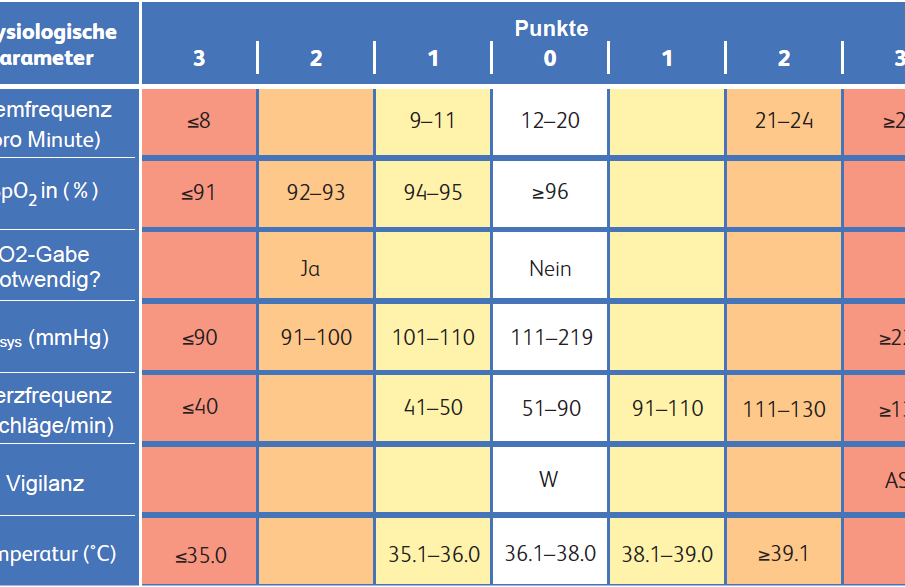What You Need to Know About Sepsis: Causes, Symptoms, and Treatment

Introduction
Sepsis is a severe medical condition that arises when the body’s response to an infection triggers systemic inflammation, potentially leading to tissue damage and organ failure. It is a leading cause of morbidity and mortality worldwide, making it crucial for the public and healthcare providers to understand its implications. Recent data reveals that approximately 1.7 million Americans develop sepsis each year, with nearly 270,000 fatalities. Understanding sepsis is vital not only for patients but also for the healthcare system in managing and preventing this condition.
Understanding Sepsis: Causes and Risk Factors
Sepsis can occur from a wide range of infections, including those of the lungs, urinary tract, abdomen, and bloodstream. The body’s immune response turns into a double-edged sword: while fighting infection, it can also cause widespread inflammation. Risk factors for sepsis include advanced age, chronic diseases like diabetes or cancer, immunocompromised states, and recent surgery or hospitalization.
Signs and Symptoms of Sepsis
Recognizing sepsis early is critical for effective treatment. Common signs and symptoms include:
- Fever, shivering, or feeling very cold
- Extreme pain or discomfort
- Confusion or disorientation
- Shortness of breath
- Rapid heart rate
- Skin changes, such as rash or discoloration
If you or someone you know exhibits these symptoms, especially in the context of a recent infection, it is important to seek medical care immediately.
Recent Developments in Treatment and Prevention
COVID-19 has highlighted the need for robust treatments and preventive measures regarding sepsis. Early identification and prompt antibiotic treatment are crucial for improving outcomes. Recent advancements in research have focused on innovative therapies, including the use of monoclonal antibodies and targeted antibiotics. Additionally, the implementation of sepsis protocols in hospitals has significantly improved patient management and outcomes.
Conclusion
Sepsis is a medical emergency that demands timely intervention for better recovery rates. The awareness of its signs and symptoms is essential not only for patients but also for healthcare professionals. As our understanding of sepsis deepens and treatment options evolve, it is vital for ongoing education and research to reduce the incidence and improve the survival rates associated with this life-threatening condition. Community awareness and prompt treatment can make a life-saving difference.





